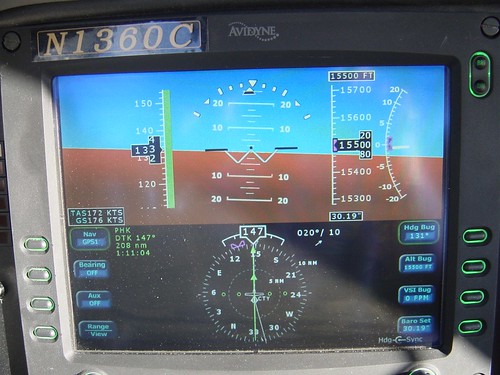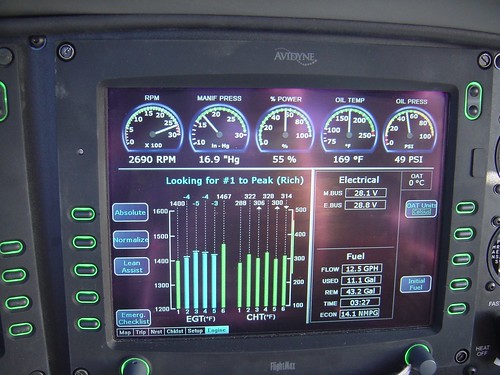Jaybird180
Final Approach
A rather pessimistic SR-22 owner told me that the engine in the SR-22 tends to not make TBO. I don't have any data either way on this matter, but would like some. He says it needs cylinders early. I simply nodded and said, Uh huh, uh huh.
Reading on this forum would indicate that the IO-550 is generally a good engine that doesn't have any "issues" that causes fleet-wide failures to make TBO.
Was this guy pulling my leg, or is there some basis for his claims of the same engine doing poorly in a specific installation, Cirrus specifically?
We were talking about the normally aspirated airplane/engine combo.
Reading on this forum would indicate that the IO-550 is generally a good engine that doesn't have any "issues" that causes fleet-wide failures to make TBO.
Was this guy pulling my leg, or is there some basis for his claims of the same engine doing poorly in a specific installation, Cirrus specifically?
We were talking about the normally aspirated airplane/engine combo.



